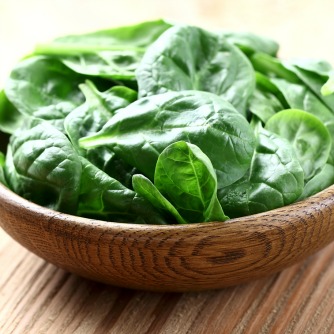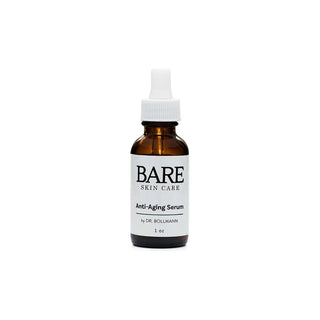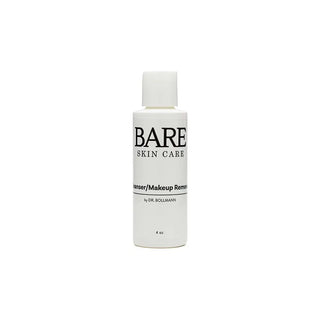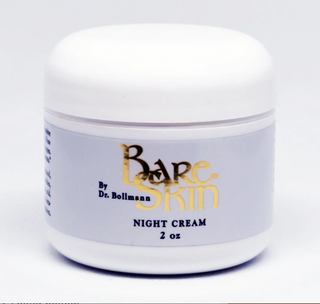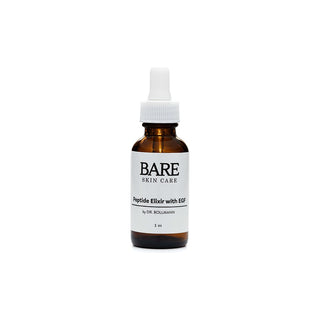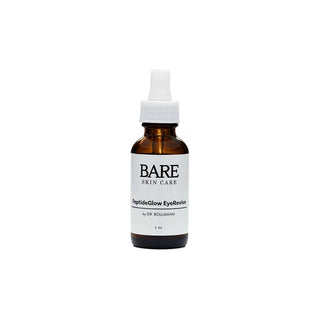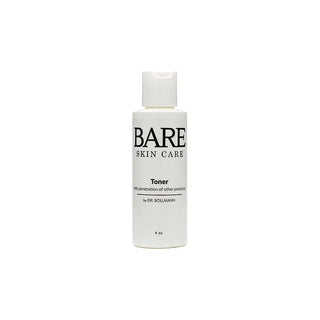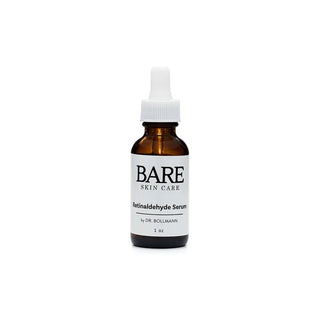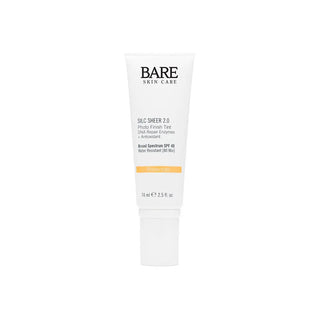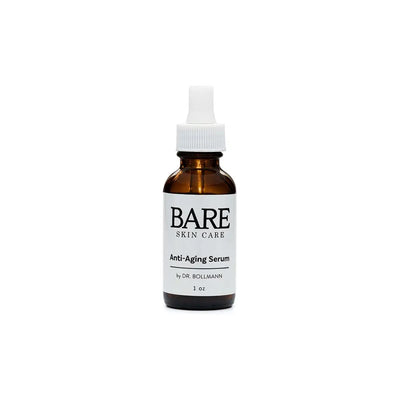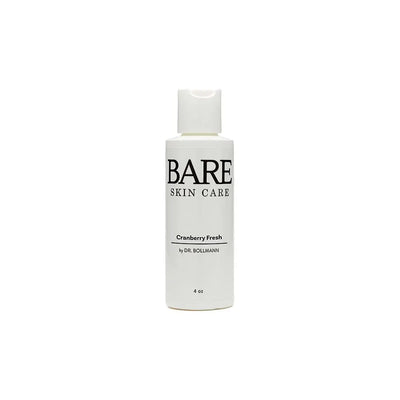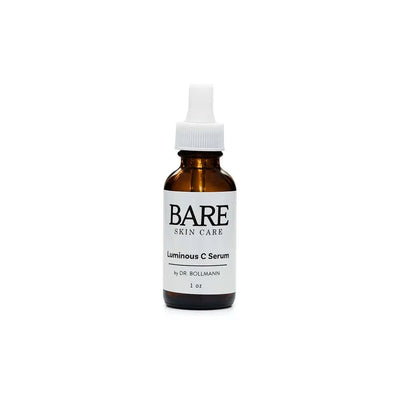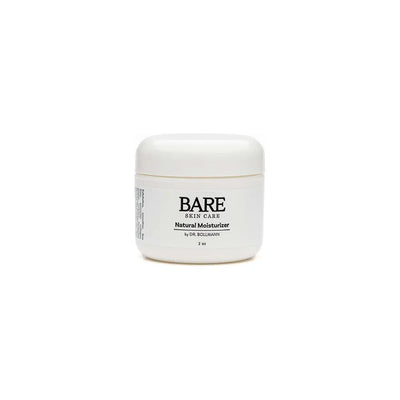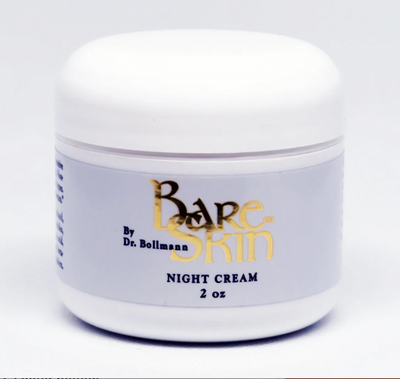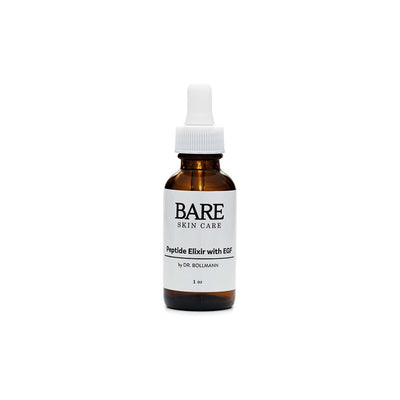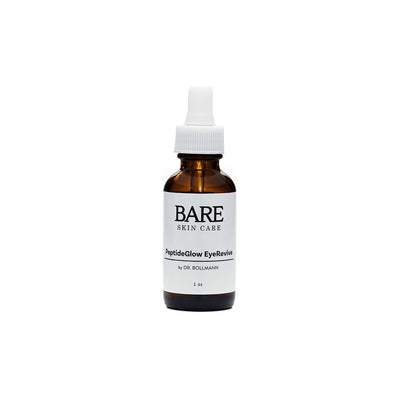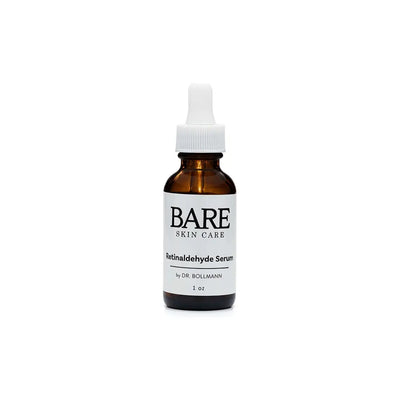 Dr Bollmann, Skin Care Specialist, Anti-Aging Expert
Dr Bollmann, Skin Care Specialist, Anti-Aging Expert
Migraine headaches are a frequent cause of problems in adults, resulting in loss of work, ineffective performance, and just downright debilitation. Studies show that greater than 20% of females experience migraines at some time or other. Males have less than half the problem with migraines than females.
As a gynecologist, I have treated many women with migraines. But just in the last few years I have begun to realize the effect of diet on migraines.
My wife suffered for years with headaches, until we found an ENT doctor who diagnosed "vestibular migraine", and put her on a strict diet - no cheese, chocolate, red grapes, or wine. Since then, she is headache free, because she sticks to the diet.
The following is from the journal Headache Diet Minerals, which shows that Folate, abundant in green leafy vegetables such as spinach, may reduce migraine frequency.
"A debilitating neurovascular disorder, migraine raises a person’s risks of cardiovascular disease and endothelial dysfunction. Lyn R. Griffiths, from Queensland University of Technology (Australia), and colleagues studied 41 women who suffered from migraine with aura, to investigate their intake of dietary folate in relation to migraine symptoms. The women were genotyped for the MTHFR C677T variant, and folate intake was tracked using a standardized food survey.
Comparing folate consumption with migraine frequency, severity, and disability using linear regression, the team found a significant inverse relation between dietary folate and migraine frequency. As well, among those subjects with the MTHFR genotype, the researchers linked migraine frequency to folate consumption. The study authors report that: “The results from this study indicate that folate intake in the form of [folic acid] may influence migraine frequency in female [migraine with aura] sufferers.”
Where Do We Find Dietary Folate?
Folate is found in abundance in leafy green vegetables like spinach and turnip greens. Other sources of folate include asparagus, romaine lettuce, mustard greens, and collard greens. Broccoli, cauliflower, lentils, green peas, and beets are also some remarkable natural sources of folate.
Certain staple food items such as breads, flours, and cornmeal have folic acid present in them. These are undoubtedly good dietary sources of folate. Pasta and certain strains of white rice are again considered to be among average and standard food sources of folate.
Some of the other food sources of folate are avocado, raw carrots, grape fruit, raw peanuts, ripe tomatoes, bell peppers, and strawberries.
It must, however, be noted that according to the Center for Disease Control and Prevention, more than 1000 mcg of folic acid a day may lead to damage in the nervous system of individuals who lack the threshold level of vitamin B12 in their bodies. This includes people who are 50 plus and vegetarians.










